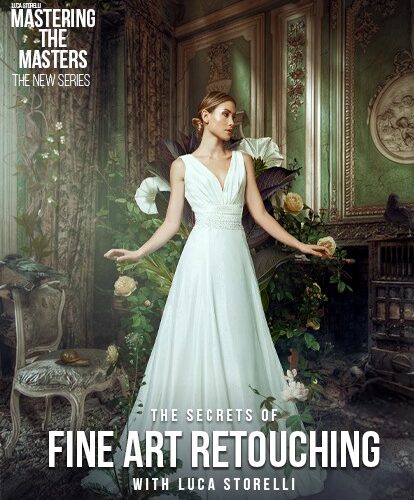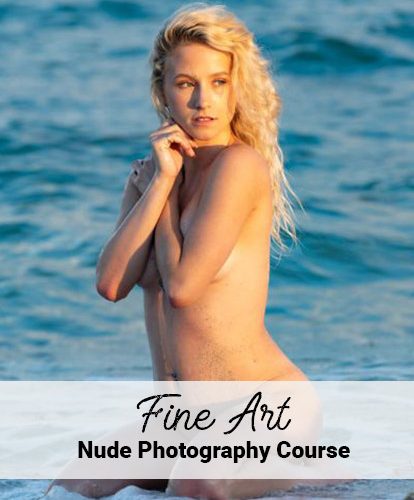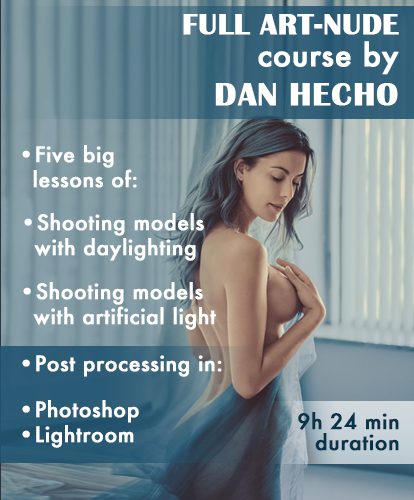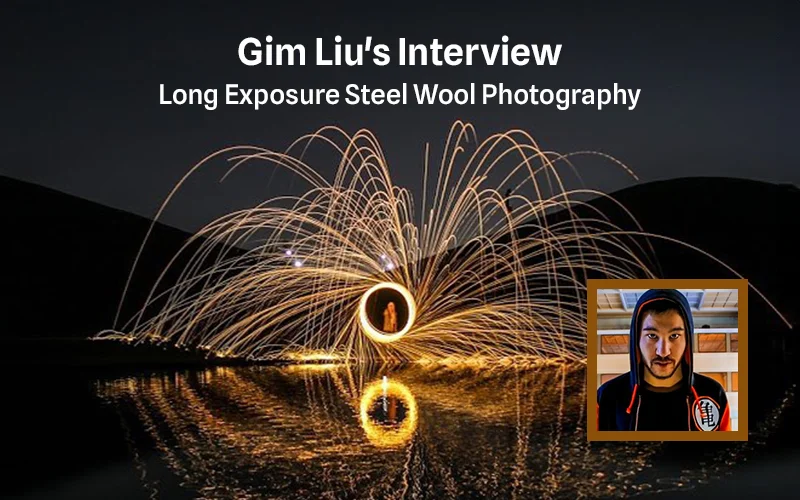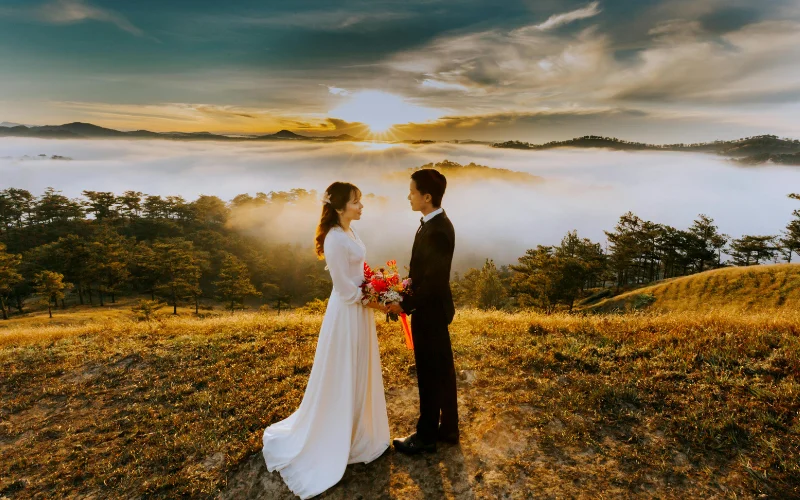Santiago Forero has playfully mischievous photographs, only one can be said to have gone viral, having appeared, in 2013, on a much-shared Buzzfeed article that grouped together classic works of Western art re-imagined to include people of color.
Santiago Forero’s contribution was a staging of Grant Wood’s masterwork, “American Gothic,” which he shot with a Latino couple (shown above).
The Colombian photographer didn’t suspect that a photograph in his series Mexican-American Gothic would go viral. “I thought that they were just going to be hung in [my boss’s] office,” he says.
But the photograph’s popularity wasn’t a surprise either.
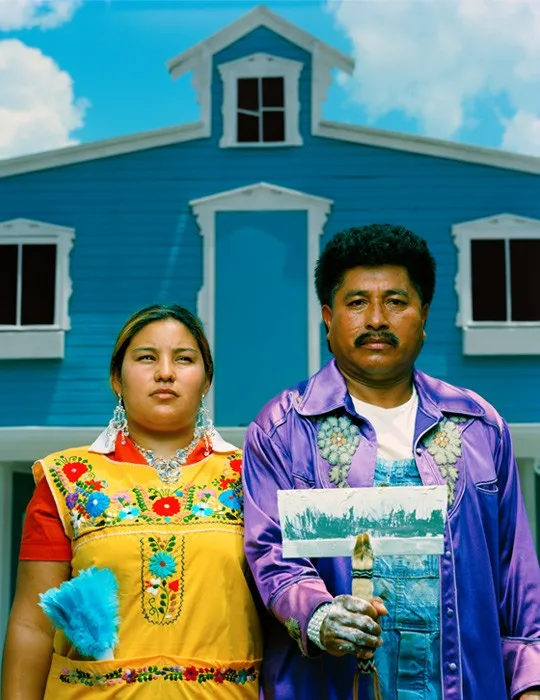
Santiago Forero has spent a career making work that probes into the cosmopolitan landscape of photography, upending styles and perspectives that attach themselves to what’s most popular now.
Santiago Forero prefers a slight swerve in “the wrong way.” And he just as well dishes out upright irony as he plays with sly humor. I spoke to Forero over email about his thoughts on photography and his work.
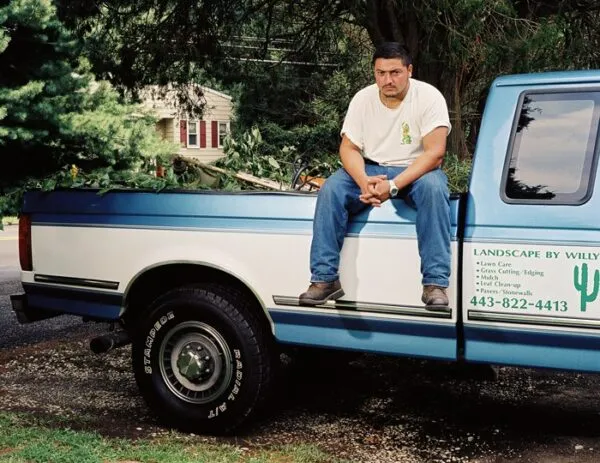
Q1. You’re now the second photographer I’ve asked this question to. It’s taken from Clarice Lispector, one of my favorite writers. Does shooting photography help make the anguish of life more bearable? Imagine she had asked you that question. What would you say to her?
Ans. My process in working with photography has evolved a lot since I began ten years ago. For me, shooting photography is now a kind of meditation practice.
I recently made the decision to not work in commercial or editorial photography anymore.
That decision was based on the idea that I love photography so much that I don’t want any pressure or responsibility while doing it.
So rather than shooting to make the anguish of life more bearable, I do it exclusively for personal pleasure.

Q2. How did you get your start in photography? How would you describe your work?
Ans. I took black & white photography classes when I was in high school. Then I entered art school and signed up for the all lens-based art subjects that I could.
However, the breaking point that got me to really focus just on photography was when I had to do my thesis project.
I was studying Visual Arts in Bogotá, enrolled in an undergraduate program with a concentration in film production.
Usually, you’re told to do a short film with a team of students to graduate. Nevertheless, I decided to work alone in photography without depending on other people.
The thesis project was based on research into illegal immigration happening in the U.S. titled “The American Southerner” (El Sureño Americano).
It did well; the project got an honorable mention and then got me a solo show at a very nice gallery here in Bogotá.
My work is influenced by everyday visual culture and images of immediate recognition. I have been using these images to question ideas about society.
The exploration has evolved from working with stereotypes and the superficiality of the visual image up to working with notions of identity in self-portraiture.
My photos have probably always been associated with the idea of instigating a response by making photography go the wrong way, or what’s considered “the wrong way.”
I use subtle irony in different forms and try to make photographs that have a much more open meaning so that viewers can get immersed.
Also, I don’t get attached to a way of making photos, so every new series is a totally unexplored territory for me, or, at least, I try to do that. I like the feeling of not knowing what I’m doing because then I discover something new.
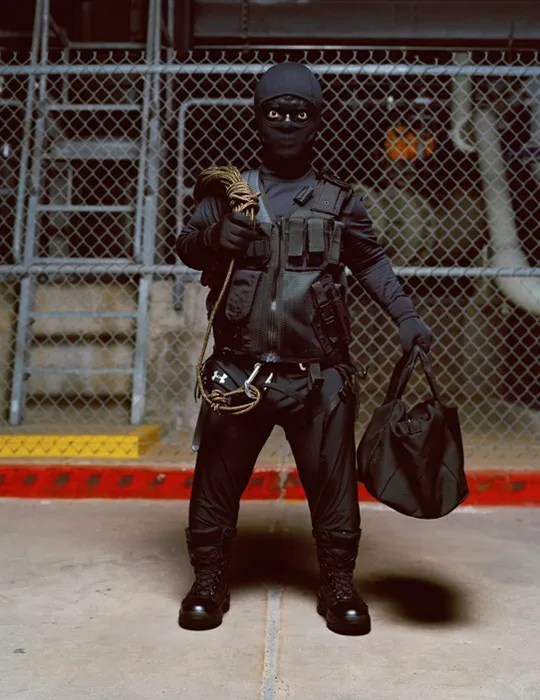
Q3. Have you ever been unsure of your talent? Did you ever feel like giving up?
Ans. No, I do agree, however, with an artist friend that says: “You are an artist, or you are not.” There is no middle. Still, talent doesn’t mean everything. What really empowers your talent is hard work.
So, yes, I do feel like giving up every day — the big problem is that I don’t really know how to do anything else.
What has happened to me is that sometimes I lose impulse. I think that the idea of giving up comes more from the main preoccupations of being an artist.
Those concerns are producing good and interesting work and then worrying about how we are going to pay the bills.
I like what Bruce Nauman says: “You’re just going to do something every day. Sometimes you have to do that –you just have to do work for yourself.”
So if you work daily and make something, at some point, you’ll make good work. I’m still doing that. I try to think about ideas every day and then try to make them happen, even if they don’t work at all. I have not lost interest, so I think I’m good.
Learn more about landscape photography here: Behind The Landscapes – A Manual For Seeing, Composing & Processing Imagery
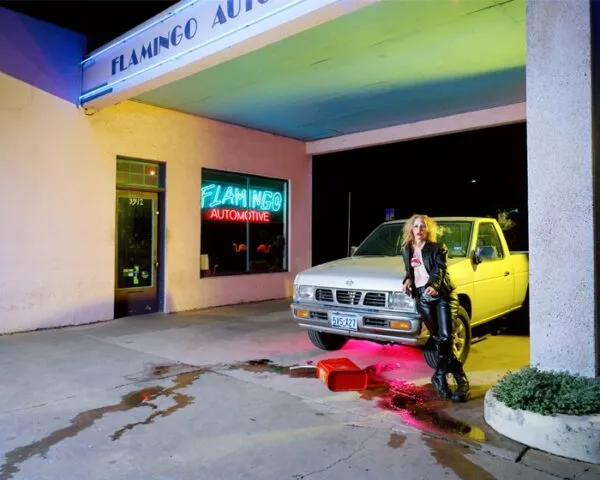
Q4. You lived in Austin for a while. Did the city feel like home to you? Did it influence your work at all?
Ans. Oh yes, I feel that Austin is my second home and the first one for my artwork. At some point when I was living there, I felt more like an Austin artist than a Colombian one.
The support I got in Texas by the university and the art community was really impressive. The community was so nice that everybody was in the mood to help me make my photos.
From professors to friends and friends of friends, a lot of people helped me with my work, helped by posing in them and even helped me with the production of the images.
I was able to show my artwork in different cities and different venues that went from small galleries to recognized museums.
I was also able to work with established artists that had exhibited their work around the world and in venues like the Whitney Biennial and the Venice Biennial.
The experience I had there and the people I met were astonishing. The Austin Visual Artists Association even awarded me as Artist of the Year in Photography back in 2010.
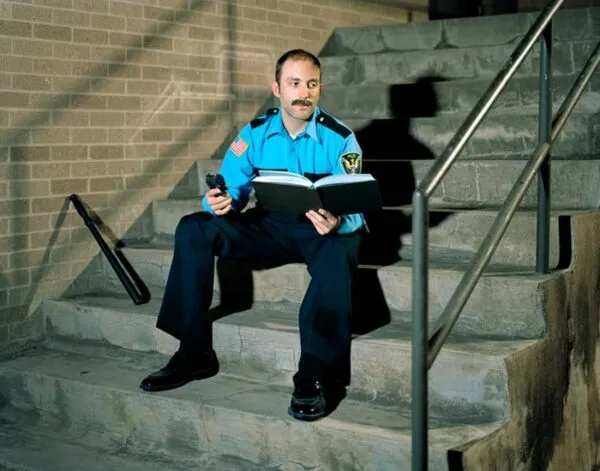
Probably, the most important ingredient of Austin was how safe the city felt to shoot photography. I went driving at night alone with a lot of expensive equipment, like strobe lighting and view cameras, shooting in remote locations of the city, and nothing bad happened.
I really felt free to shoot whatever I wanted wherever I chose. Here in Bogotá the situation is a little bit different. Bogotá is a very hostile city. You have to be careful and you have to be with someone if you want to shoot photography.
Also, with all the security measures that came after the drug wars, cameras are seen as a menace, so whenever you begin to shoot you will get security guards all over trying to stop you.
I still love my hometown, however. When I came back I just had to rethink how to operate as a photographer.
Edit photos flawlessly with the Affinity Photo Presets Bundle
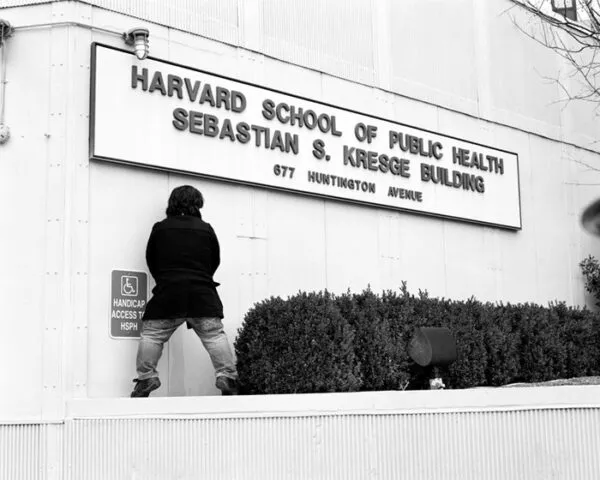
Q5. Does photography and wandering connect in your mind? Do you think a photographer should travel as often as they can? What did living in the US give your work?
Ans. In my case, when I began photographing, there was a time when I carried my camera everywhere, especially when traveling. That was the case with my series A Story About Gnomes, which was produced during vacations.
Probably, photography is one of those art forms that take real advantage of discovering new places.
It’s like taking notes and making sketches that then can transform into stories.
For me, the most positive thing about being an artist or a photographer is that we can convert those moments of spare time or leisure into real work.
That’s not something, for example, a doctor or a lawyer can actually do. Therefore, wandering is important in the daily practice of a photographer.
Nowadays, I don’t carry my camera with me as often. I think that’s more in the discipline of a professional photographer, or somebody that lives from photography.
And I plan projects and then I shoot them, anticipated with some preparation and pre-production.
I did shoot a series, Cell-Portraits, with my phone, but I still don’t feel like it was a real camera.
Living in the U.S. did influence my work. When I was beginning in photography, I used to experience the country through the media images that came out from there, especially from pop culture, and I used them to make artwork.
Then, I did projects like El Sureño Americano and Consumo Cuidado where I traveled to the U.S to document social and economic phenomena of my interest.
However, when I moved there and became part of the community, my perception changed drastically, and I was able to produce work from the inside.
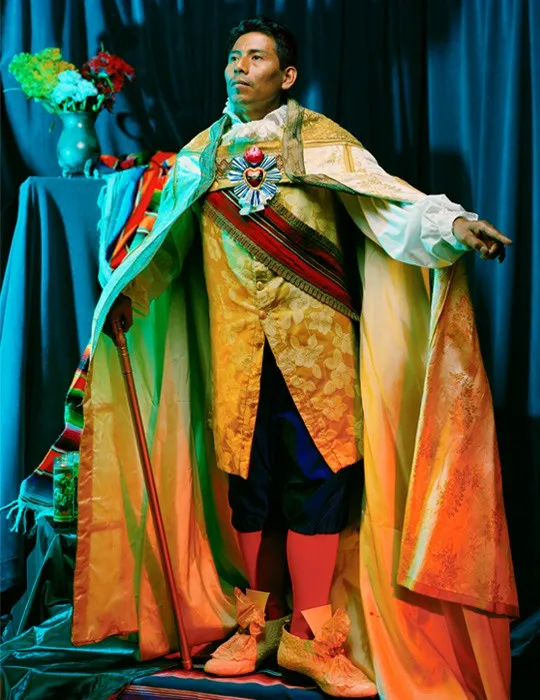
Q6. Your Mexican-American Gothic photographs are great. Could you explain what they mean to you? What compelled you to shoot this project?
Ans. [Santiago Forero] Mexican-American Gothic was a commissioned project I did for Sergio Alcocer, the president of a multicultural advertising agency based in Austin.
While I was doing an internship there, he saw my work and proposed that I create some photos related to Hispanics in the U.S. We came up with some ideas, and appropriating Grant Wood’s “American Gothic” was the most interesting one.
I was really engaged with the project because, in some way, I wanted to go back to my beginnings of revisiting the phenomena of illegal immigration and hybrid cultures but in a very staged and overproduced way.
Additionally, I think those images were an examination into what the labor workforce really looks like nowadays in the U.S.
Obviously, I don’t mean in terms of colors and wardrobe but more in how Latinos take most of the blue-collar jobs. This was probably my first appropriation piece since I came out of undergraduate school.
When I envisioned the final pieces, I thought that they were just going to be hung in Sergio’s office. Nevertheless, when I published them on my website, they began to be reblogged by a lot of people until they appeared on Buzzfeed.
Check out : 5 Powerful Plugins To Create Spectacular Masterpieces In Photoshop
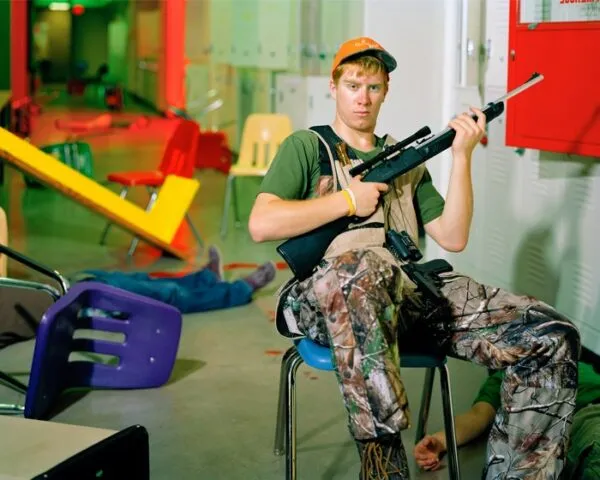
Q7. Much of your work grapples with the tension between peripheral cultures and dominant ones. I Want to Live in America is one example of this. How does photography help you understand these issues? What does this project say about US culture?
Ans. I Want to Live in America was more an intent of giving back to the U.S. media the image that they have been promoting intensely of countries like Colombia.
Of course, my country has a past and a present of social conflict; however, the misinformation and lack of research makes that image ridiculously insane.
For example, if Hollywood wants to portray a Colombian town ruled by drug lords, they show you a town that looks like México, in terms of geography and nature, one that’s filled with actors wardrobed to look like cowboys who wear ponchos.
Therefore, I produced these images to make an ironic ode to the idea of “The American Dream.” I filled the photos with symbols of America’s darkest secrets, exaggerating them to a point where it feels so fictitious but at the same time so familiar.
I used media strategies such as tabloid thematics, saturated color, and editorial lighting to generate this tension between different cultures. Rather than saying something about U.S. culture, it’s a criticism of U.S. media.
What I like most about this series was not the result but the idea that I was able to exhibit the photos in three different venues in the U.S. That gave me an idea of how important free speech is in that country.
Q8. What advice would the “Santiago Forero” give to other Latino photographers about getting their work noticed?
Ans. [Santiago Forero] Well, I think that today with social media it’s much more easy to promote your work than it was before. Things have changed a lot with the advent of platforms like Facebook, Instagram, and Tumblr.
So my first advice would be to take advantage of these platforms and use them in a very disciplined way, updating them with nice pieces of work.
Additionally, it’s crucial to have a serious artist webpage where people can see your process and growth through time.
Actually, Mexican-American Gothic got popular because some blogger got it from my webpage and published it.
It began to receive reblogs on Tumblr. After that, somebody in Illinois found it on the web and proposed that I make it a cover of a book.
However, that would never happen if I didn’t have it on my artist webpage. Another recommendation is to never accept proposals that have you pay a fee for showing your artwork.
Constantly invite artists to show their work for free, considering that producing work is already an expensive task. Finally, I encourage young Latino photographers to be proactive in the promotion of their work.
If you live in a place where nobody supports what you do, try to promote it abroad. Don’t let the opinion of others make you think that you are not talented.
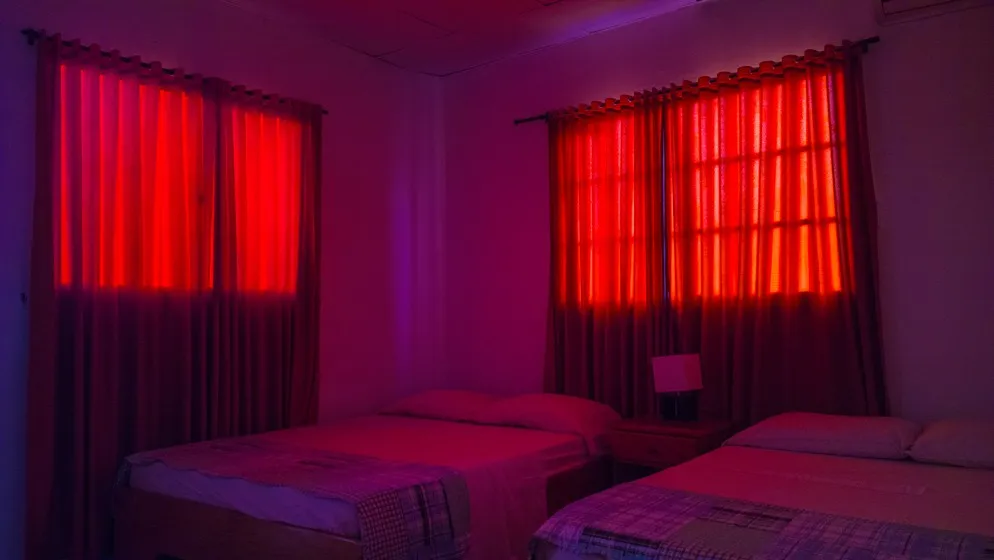
Q9. Borges, Bolaño, Lispector, Rulfo, Cortázar, Neruda, Vallejo, or Márquez? Who’s your favorite?
Ans. [Santiago Forero] I really don’t feel with authority to answer this question. I did read The Savage Detectives by Roberto Bolaño, and it’s one of my favorites.
However, this question would be as if they made you choose between Kubrick, Lynch, Bergman, Jodorowsky, Antonioni, Godard, Iñarritu or some other film titans. See all of Santiago Forero’s work here!


